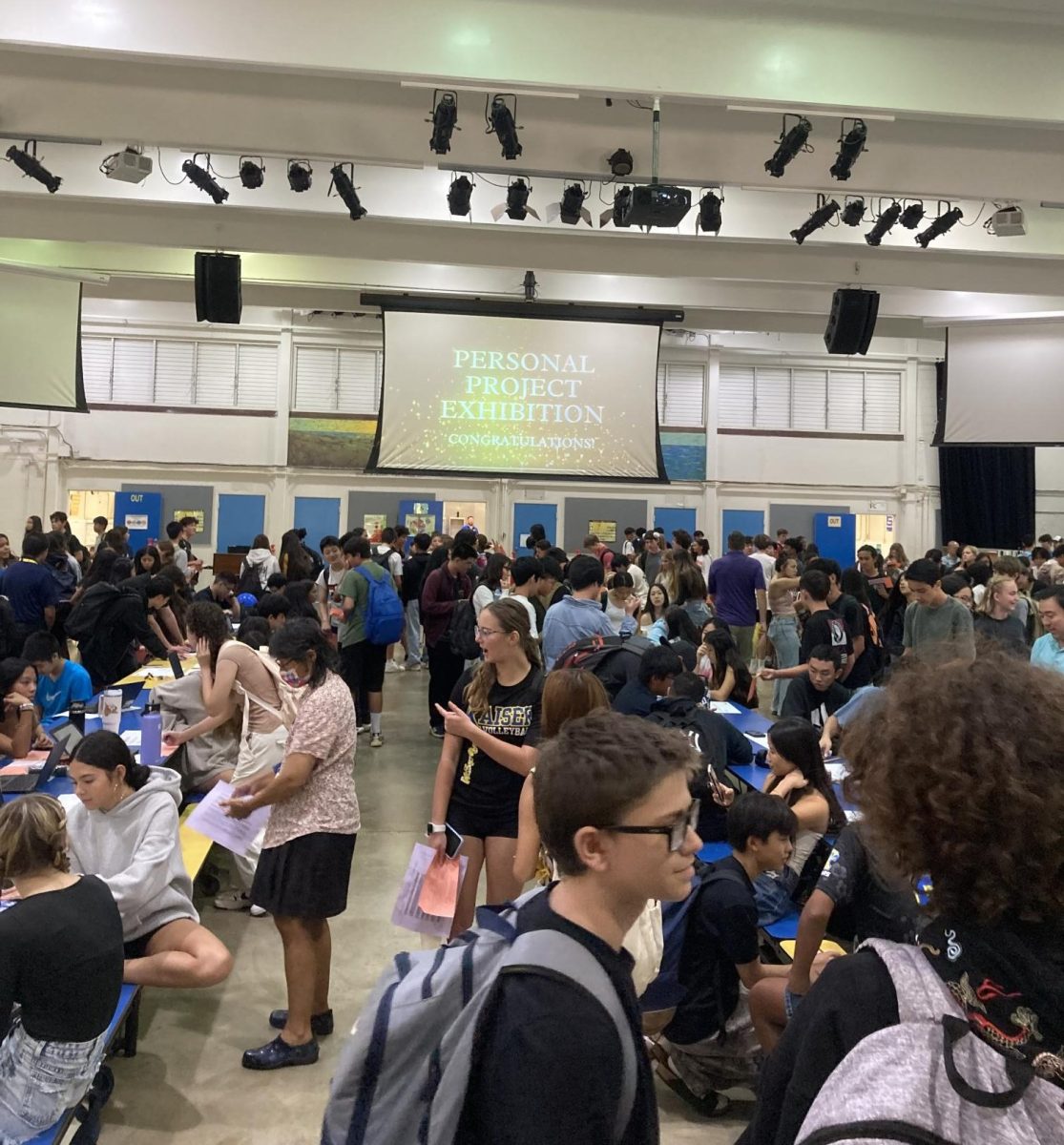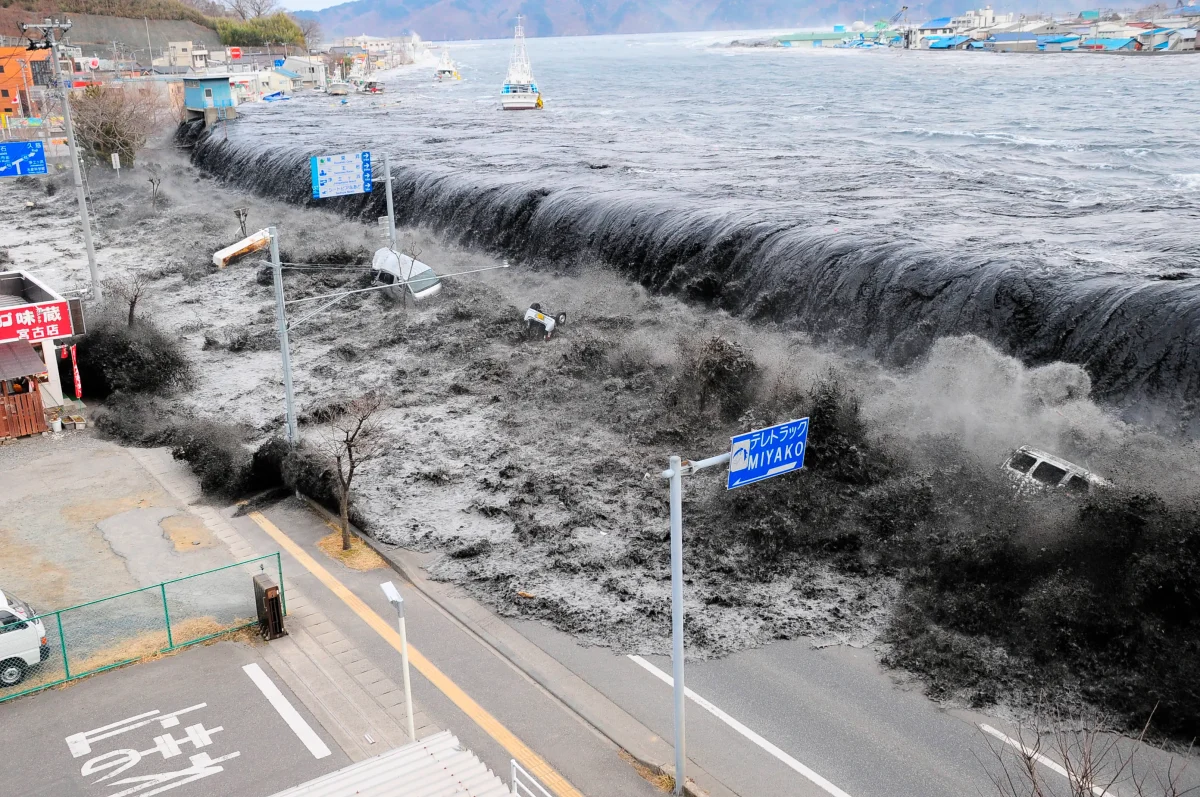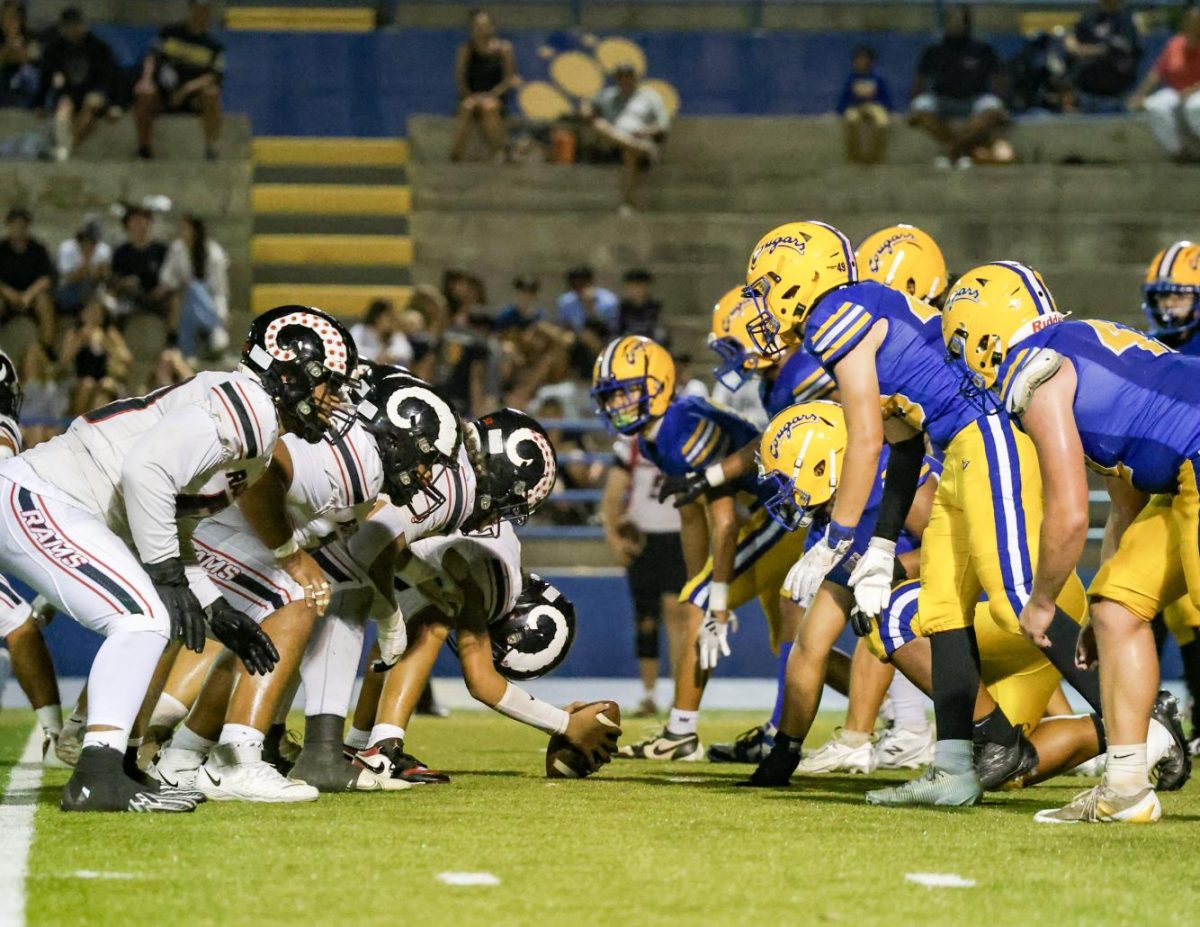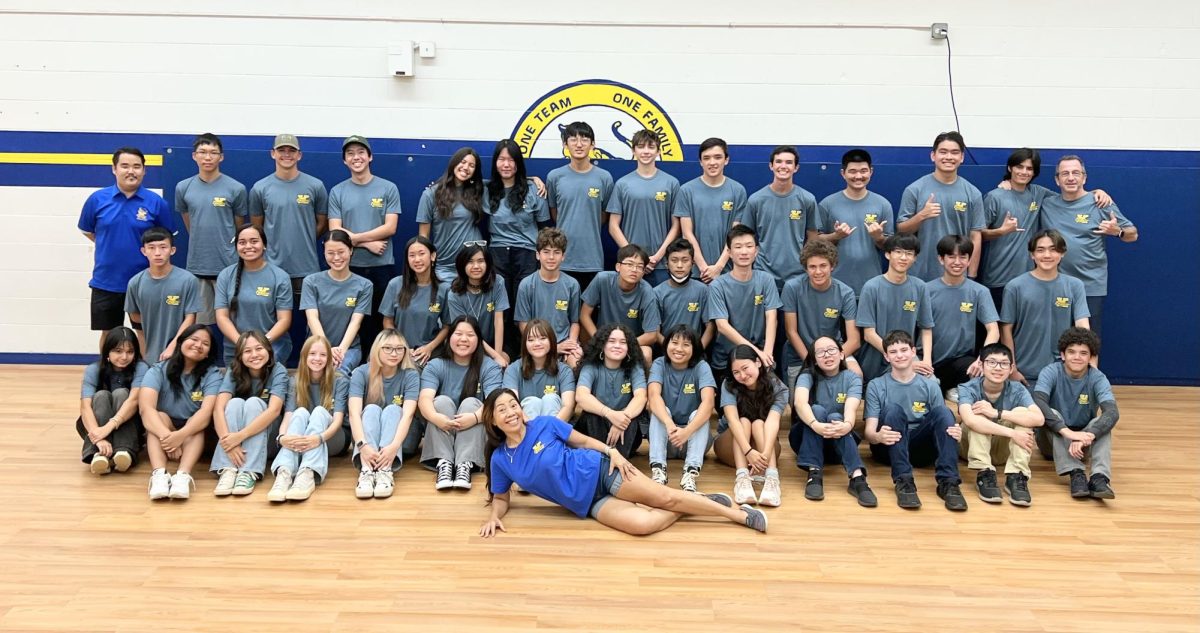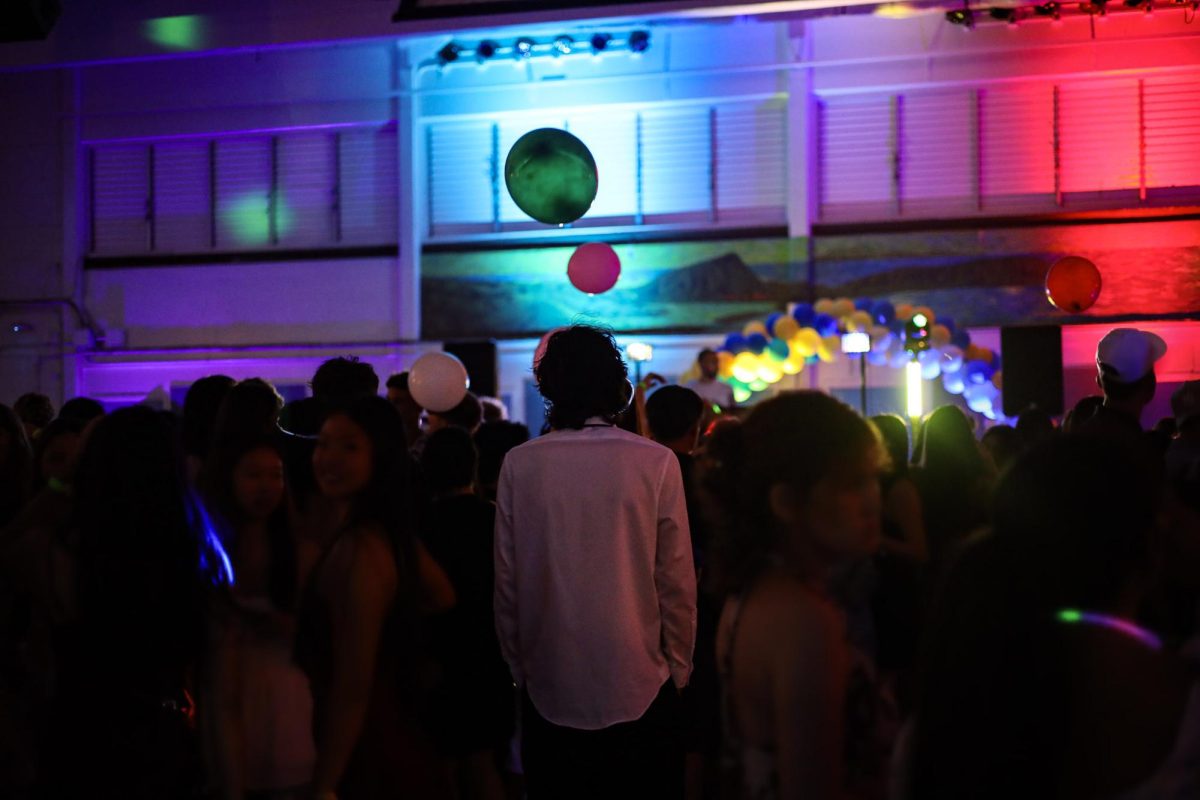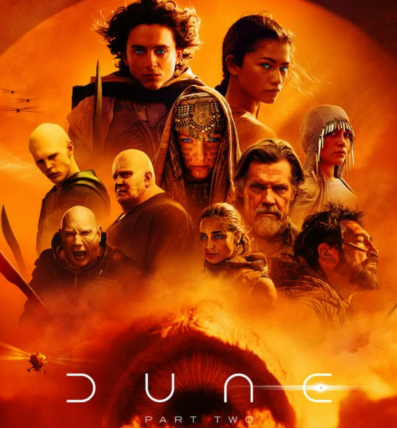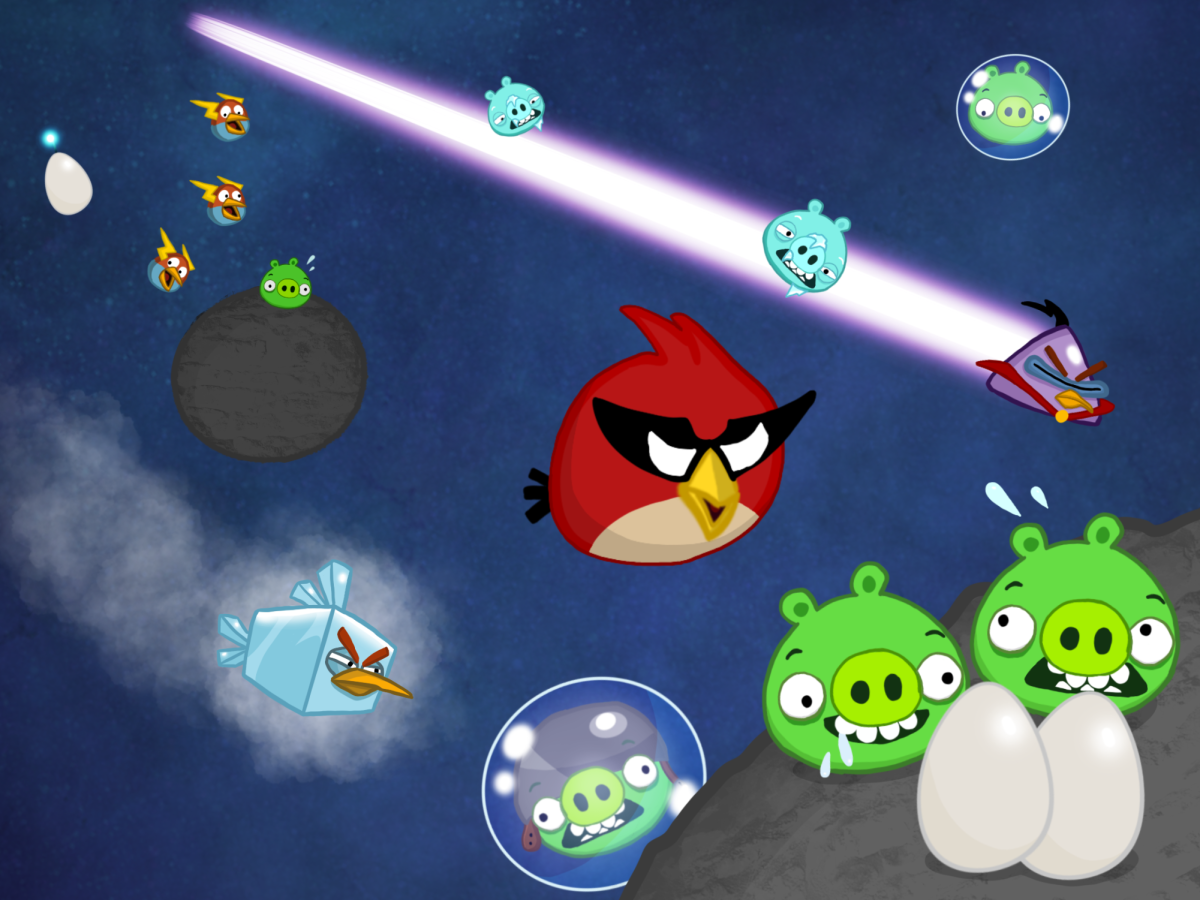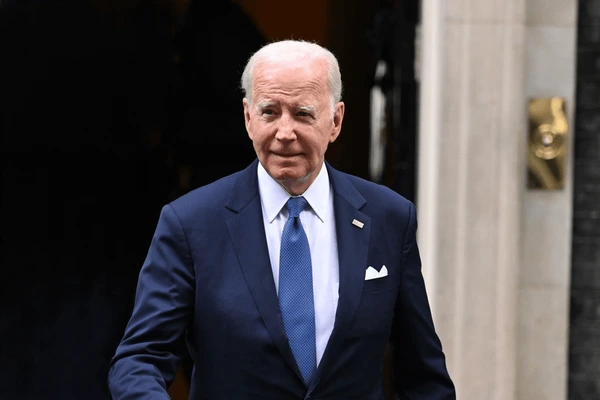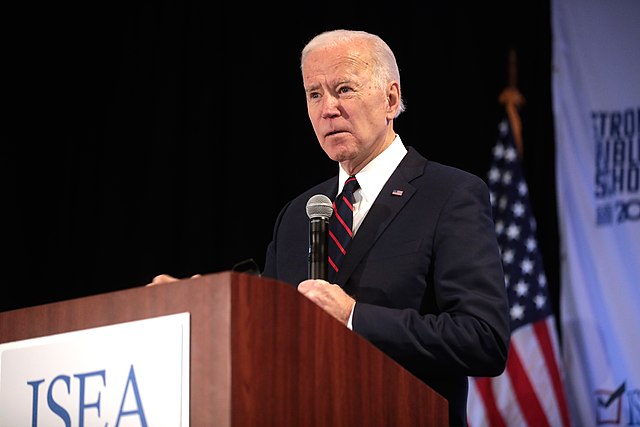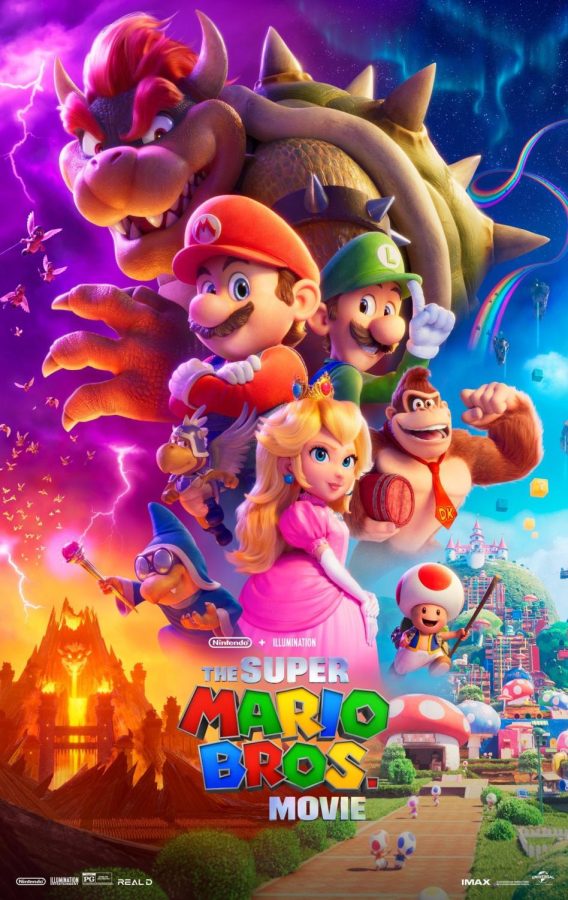Filled to the brim with topics of colonialism, liberation from oppression, and the battle for power in the presence of ever growing tension, Warner Bros. releases another film from the Dune franchise on Mar 1, 2024 ; becoming the second entree of the film adaptations of Frank Herbert’s original novel, “Dune.“
Dune: Part 2 released 2 years after the release of the first film, Dune: Part 1 in 2021. The story of Dune follows Paul Atreides, played by Timothee Chalamet, a thoughtful and observant young man who has to survive opposition from all corners after a plot is divided to eradicate his entire family.
In the world of Dune, the Grand Houses wage war over economic power and resources, namely a substance called spice, which allows for space travel. His family, House Atreides, is placed as the governors of Arrakis by the Emperor, the only planet where spice is found. This set up made House Atreides a target to the other Houses, done with the goal to eradicate the whole bloodline.
The story resumes in unease, as Paul and his mother are the only surviving Atreides members after the coup. They are aided by the Fremmen, the native population of Arackis who believe that Paul is the savior of their people.
To them, he is the Lisan Al Gaib, the messiah or “ Voice of the Outer World “, a false savior used to control the Fremen. Through the story, he re-evaluates his morals and intentions, deciding whether or not to deceive the Fremen or secure his and his mother’s own survival.

Dune: Part 2 stars many recognizable names like Timothee Chalamet and Zendaya, who have returned to reprise their roles and Paul and Channi. Like Part 1, Part 2 is directed by Denis Villeneuve, a Canadian filmmaker who has worked on other projects like Sicario and Blade Runner 2049.
When it comes to interesting aspects of the film, its tone is something to mention. It can be both serious and imposing, but there is always a feeling of hopefulness. This is aided by the steady progression of stakes, as the situation turns more urgent and lives are lost.

As a film, one of Dune Part 2’s most applaudable traits is its storytelling and world building. The film makes sure to adapt the world that the book illustrates, which is clearly shown through visual storytelling. The large, sprawling deserts of Arrakis are visually stunning, and the machinery and technology shown throughout the film is unique and interesting to look at.
One of the series’s most signature aspects is the sandworms of Arrakis, ginormous invertebrates who travel under the sand , attracted to vibrations on the desert surface. In the first film they are seen as only monsters to fear, but once Paul is able to live with the Fremen, he learns of their purpose and their connection to the ecosystem of Arakis.
The designs and costuming are expertly done as well, making the characters feel distinct but not alien in their own world. The Harkonnens, the antagonists of the film, look visually distinct from the Atreides, pale as snow and engineered for perfection. They look out of place, but it’s done with the intent to contrast all of the other “ human “ characters, who look relatively normal.
I also found that the dialogue and exposition does an excellent job at illustrating arcs, the ways that change is explored. When things seem to be calm and going to plan, the film doesn’t let us forget the illusive plans and violent nature of the other characters.
However, it isn’t without its flaws, which deeply impacts its watchability. Dune: Part 2 fits a lot of material into its runtime, which is good in terms of making a story feel whole. But, at points it can feel drawn out, like we’re waiting for something to happen.
If your goal is to make sure viewers understand the trajectory of events, it’s important to make sure they have the ability to digest all the information before tuning out.
Speaking of information, the way the movie presents some scenes can get confusing. Because there is no narrator for the scenes without Paul or Lady Jessica, many things that became apparent at the end felt difficult to recall. When Paul decides to fully lean into being the messiah, we’re hit with information about how this was all planned out, but it’s difficult to digest it when the clues felt more random than hidden.
For example, the Bennegesuit plan, the multi century genetic objective orchestrated by the Benegesuit Witches, is one of the most important motivations of the entire film, but much of it’s significance is lost because many of the scenes that involve the plan don’t appear connected, which might have been added to build a sense of secrecy, but in the end made it feel half-note.
Dune: Part 2 is a perfect example of a film that continues the legacy of its first part by adding to the narrative. We finished Dune : Part 1 wondering what will happen to Paul and his journey with the Fremmen, and we finished Dune : Part 2 what happened to Paul, but not what he’ll do next now that he’s in control.
It really makes us wonder; what could happen next? Does he continue to press forward with his threats to the rival houses? Does he continue to pretend to be the messiah? Will those around him remain loyal or will they begin to distrust him after the stunts he’s pulled?

Even if you haven’t been exposed to this story or even understand what necessarily happens, this film is a masterclass example of cinematography and visuals, and it is one of the most fun and invigorating viewings I’ve seen. Chalamet’s and Zendaya’s masterclass performances blew audiences away, with their relationship and trust issues keeping us on our seats until the very end. It’s a beautiful adaptation of Herbet’s novel, and its less lacking aspects shouldn’t deter you from enjoying it. All in all, I highly suggest all audiences see it in theaters or when it hits streaming on April 16th.


